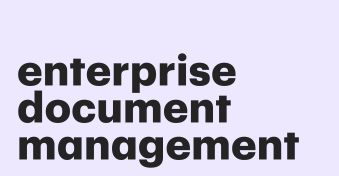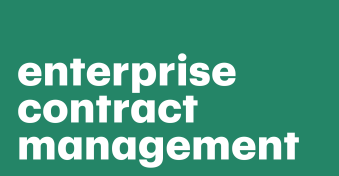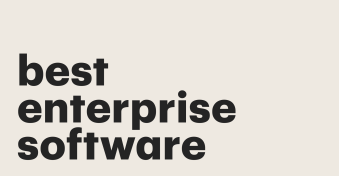If your company has a scattered web of teams and departments working with disparate systems, you need robust enterprise resource planning software.
Why? Because it will help your organization consolidate and integrate data from multiple sources for better decision-making and productivity.
This article covers everything worth knowing about software solutions for enterprise resource planning — how to choose them and the challenges to expect.
Key takeaways
- Enterprise resource planning (ERP) software enables corporations and large-scale companies to manage different business functions through a centralized architecture.
- Businesses can use ERP to manage supply chains, company finances, warehouse inventory, product delivery, human resources, and data analysis.
- Before implementing an ERP platform, ensure your IT team and other end-users in your company have the support they need to fully embrace, learn, and utilize the integrated solution.
What is enterprise resource planning software?
Enterprise resource planning software is a system that enables organizations to manage financial, logistics, administrative, and operational business processes.
These systems help administrators, managers, and accountants manage and allocate resources in a transparent, collaborative environment.
With ERP software properly deployed, expanding operations and reducing workloads flow like clockwork, regardless of industry or workforce size.
Applications of enterprise resource planning software
ERP systems are applicable to different modules and functions within an organization.
Here are the core ERP modules:
Supply chain management
ERP software helps managers organize and optimize the service delivery pipeline.
Inventory management
ERP solutions give you inventory management capabilities for keeping stock of goods in your inventory and handling procurement or disposal.
This extends to warehouse management and order management.
Customer relationship management (CRM)
This modular function focuses on every customer-facing aspect of the business, ensuring the best user experience.
It also involves processing feedback and user-generated content.
Financial management
Business analysts and accountants can use ERP accounting software to manage finances, subscriptions, invoicing, and budgeting from the general ledger.
Human capital management
This module focuses on managing an organization’s human resources.
It covers functions such as recruitment, onboarding, payroll, performance review, and conflict resolution.
Risk management
Enterprises can use ERP technology to monitor compliance, certifications, licenses, access privileges, suspicious user activity, and security threats.
Data analytics
This module focuses on filtering and consolidating jumbled-up data from silos to centralized dashboards for complete visibility and easy access to administrative and financial reporting.
Research and development (R&D)
Companies use ERP software to conduct research and explore deployment options for products and services.
Content management
Marketers and salespeople use ERP modules to curate content creation, advertising, branding, and distribution.
ERP deployment models
Companies can deploy their enterprise resource planning infrastructure on different server types.
Here are the three types of ERP deployment models:
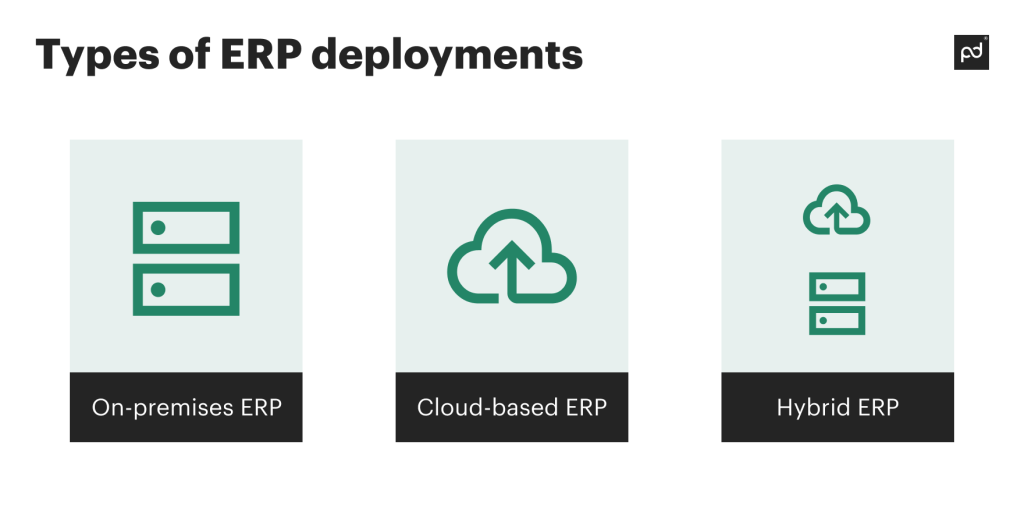
On-premises ERP
Large corporations with established R&D departments can house their ERP servers on-site at a data center of their choosing.
SAP, Oracle, and Microsoft use this deployment model because it gives them the autonomy to run maintenance as well as the added security of isolating their data infrastructure from potential competitors and hackers.
The drawback of on-premises ERP is that it multiplies the workload for system administrators, IT specialists, and developers.
The system needs to undergo regular maintenance and updates to keep it running like a Swiss watch.
Besides, on-site ERP is expensive to set up from scratch and maintain. You also need to buy licenses and certifications for hardware and software.
Cloud-based ERP
Some ERP vendors offer software as a service (SaaS) options hosted in the cloud instead of at the contracting company’s data center.
Why is cloud a good ERP option?
First, cloud ERP removes the cost of development, deployment, and maintenance.
You’re only required to pay a subscription fee to access the entire suite of features.
With your ERP solution on the cloud, your business can scale operations and gain access to bleeding-edge technology — artificial intelligence (AI), machine learning (ML), and Internet of Things (IoT) connection.
However, cloud-based ERP locks you in with one vendor, limiting you to only the features they provide.
The system is online, which means you’d require internet access to work with your ERP unless the vendor provides offline access.
Hybrid ERP
When you combine the best qualities of on-premise and cloud-based enterprise resource planning systems, the product is hybrid ERP.
Hybrid ERP project management software gives you more control and autonomy over how the solution adapts to your business ecosystem.
Megacorporations and e-commerce giants like Amazon use the model to control data residency and keep the system nimble to changes.
Most times, the payment model provides you access to different deployment models based on pricing tiers.
This model’s only drawback is that it is too expensive and resource-intensive to maintain with a small team or limited budget.
Key features of ERP software
The functionality of every ERP software varies, but here are the core features:
- Self-service portals for faster issue resolution
- Multi-language support for multinational companies
- Versatility for multi-platform integration and compatibility
- A consistent user interface, navigable by all company staff
- Automation tools, powered by AI assistants and ML algorithms.
- Modular, decentralized architecture for each core business function
- A centralized dashboard with multiple real-time data visualization options
- Analytical tools for business management, data analysis, and forecasting
- A document repository for creating and working on business documentation
- Customizable modules to align with your branding and business requirements
- Security features such as access controls, server backup, and encryption protocols
- Alerts and notifications for risk management, work reminders, and renewal notices.
Benefits of enterprise resource planning software
The global ERP software market was valued at nearly $60 billion in 2023, and at an 11% CAGR, that number is not slowing down — it’s expected to reach over $123 billion in value by the end of the decade.
In other words, companies are not adopting ERP software because it is a new flashy toy. Here are the tangible benefits of ERP software for enterprises:
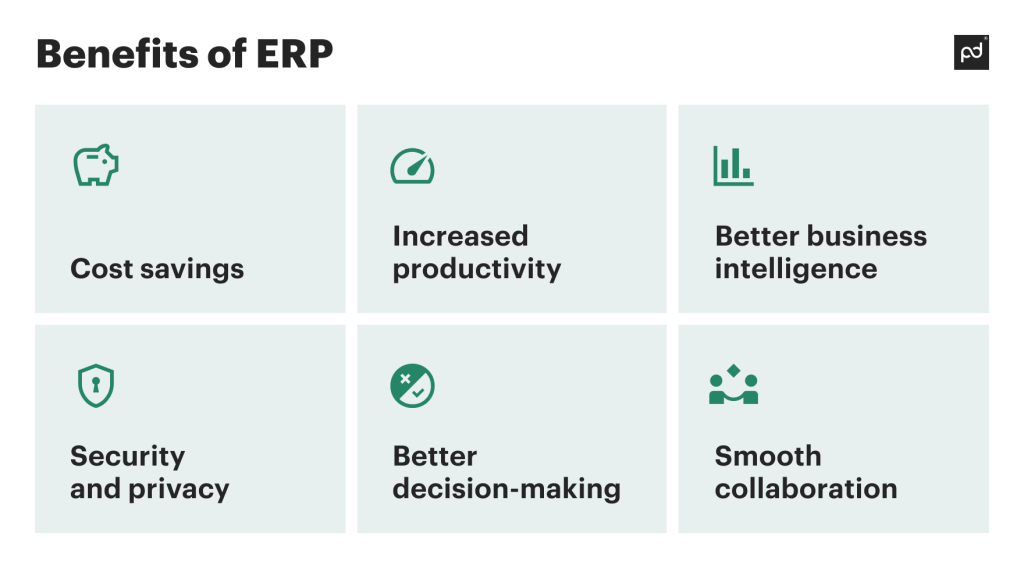
Cost savings
It reduces expenses by eliminating SaaS sprawl and getting every part of your business working on the same platform.
This means you have to pay for the licensing and renewal of one solution instead of a multitude.
Increased productivity
ERP solutions streamline business operations by automating and optimizing redundancies, such as manual document creation and approval.
This increases overall productivity and organizational efficiency.
Better business intelligence
ERP systems break down information silos between teams and partner companies, making data visible and accessible for accurate reporting in real time.
Security and privacy
Unifying disparate systems into one ERP solution makes it easy to implement security features and audit trails to monitor user and stakeholder activity.
Better decision-making
Having access to multiple data sources and metrics gives businesses a competitive advantage in forecasting and predicting trends. It also points out inconsistencies and irregularities in management models and finances.
Smooth collaboration
ERP software makes it easy for businesses to onboard new customers and partners with access controls and user permissions.
These partnerships flourish because it is easy to share historical and real-time information seamlessly.
Common challenges to ERP software implementation
ERP implementation can solve your business needs, but it also comes with several potential headaches.
Platform migration
Moving from different SaaS applications involves decoupling services and their dependencies.
If done wrong, the migration could lead to service disruption, data loss, and one or more nightmares for IT teams.
Solution: Establish a migration plan that factors in what needs to be moved and prioritizes the order of movement. Conduct extensive testing before migrating critical business processes.
Resistance to change
Implementing an ERP solution can hit a speed bump if the organization is not ready for it.
For instance, teams or departments using legacy systems might resist adopting modern ERP solutions because of the massive technical debt or modernization costs.
Solution: Communicate the long-term benefits of adopting ERP software — painful at first, but smooth sailing afterward.
Budget overruns
Your company could run up the bill to exponential proportions when modernizing platforms for ERP integration or onboarding more users.
Solution: Monitor the budget closely to optimize costs while still fulfilling generic and specific needs.
Lack of expertise
Imagine adding a company-wide ERP solution that most of your staff cannot operate.
This is a common migraine for enterprises that adopt new technologies without extensive surveys or a plan in place to train as needed during adoption.
Solution: Always consult with team leads and managers before choosing a new ERP system. Once the solution is in place, organize training workshops and hands-on tutorials for the entire business workforce.
Stay in charge with robust ERP software
ERP systems allow enterprises and massive corporations to unify their SaaS and technology sprawl under one system to simplify management.
Without proper planning and extensive internal consultation, implementing ERP solutions may introduce more technical and administrative headaches for your organization, instead of relieving them.
The best way forward is to choose a multi-faceted ERP software system within your budget.
PandaDoc provides assistance here, with product offerings that include a robust document management system for enterprises.
Book a demo to see how PandaDoc can assist your business with enterprise resource planning.
Disclaimer
PandaDoc is not a law firm, or a substitute for an attorney or law firm. This page is not intended to and does not provide legal advice. Should you have legal questions on the validity of e-signatures or digital signatures and the enforceability thereof, please consult with an attorney or law firm. Use of PandaDoc services are governed by our Terms of Use and Privacy Policy.
